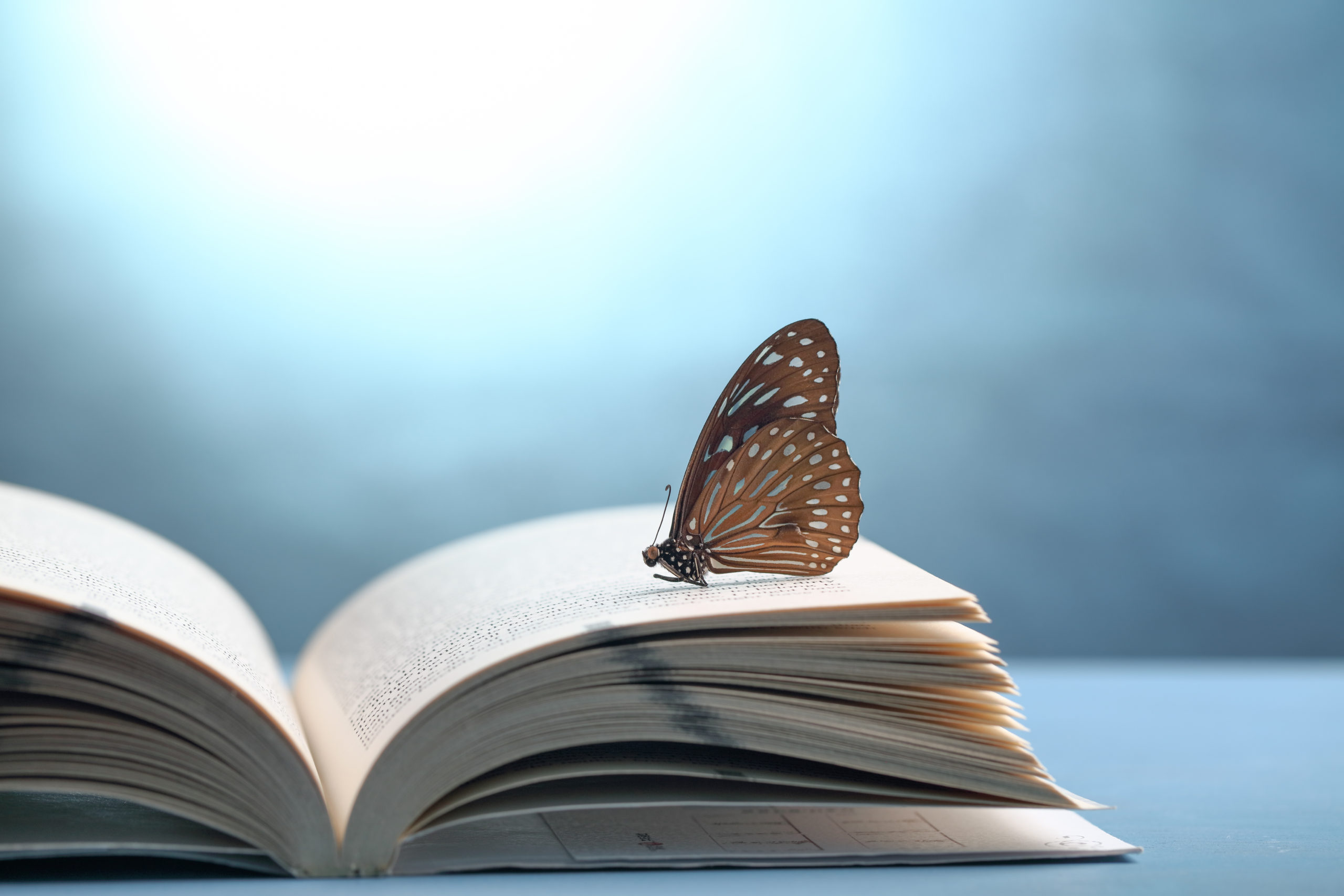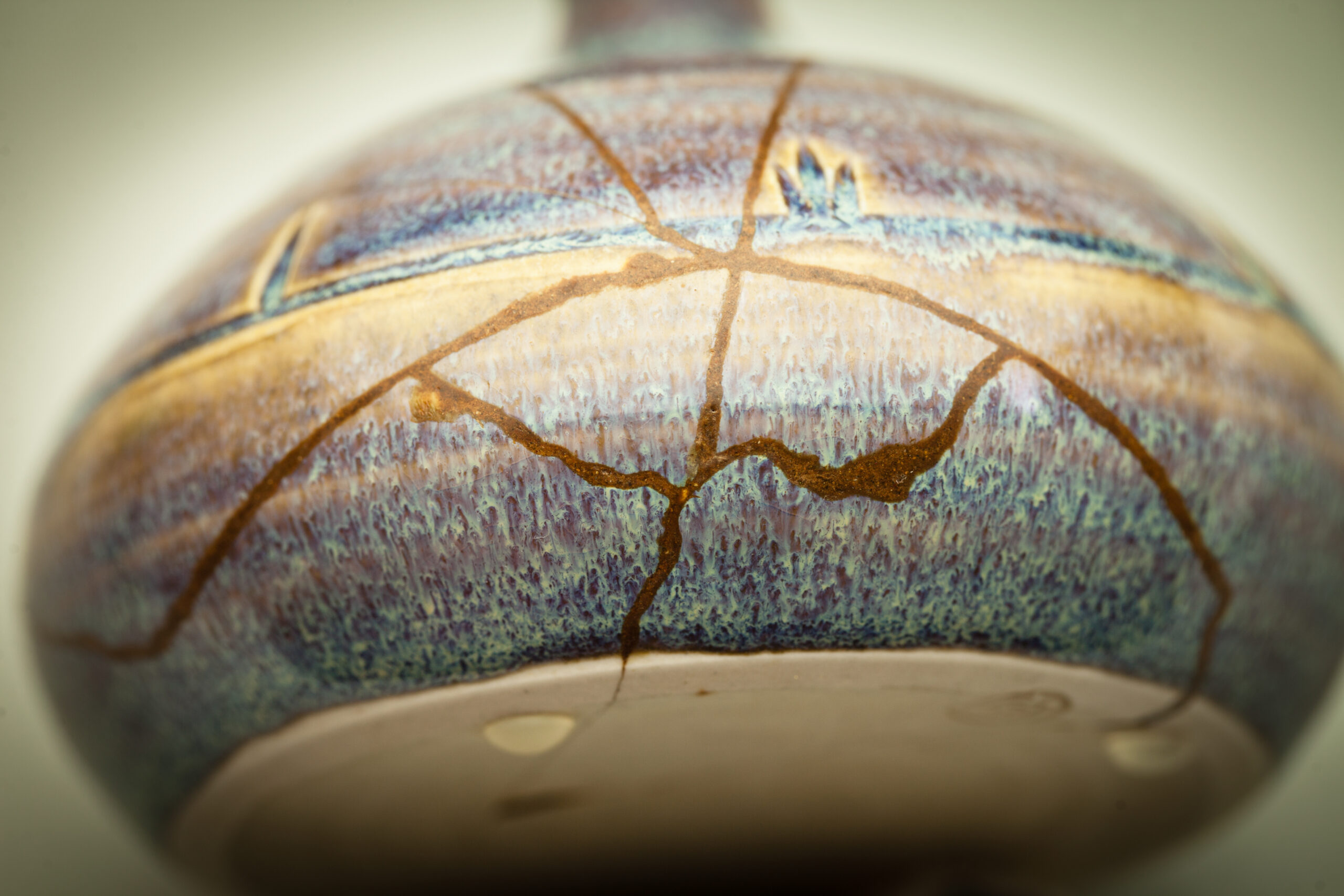Katie Steedly’s first-person piece [The Unspeakable Gift] is a riveting retelling of her participation in a National Institutes of Health study that aided her quest to come to grips with her life of living with a rare genetic disorder. Her writing is superb.
In recognition of receiving the Dateline Award for the Washingtonian Magazine essay, The Unspeakable Gift.
Enter your email here to receive Weekly Wide-Awake
Gratitude and Story: On Telling The Stories We Have Inside

“We are storytelling creatures, and as children we acquire language to tell those stories that we have inside us.” – Jerome Bruner
I am grateful we are storytelling creatures. I am grateful that story is the language of our heart and mind. I am grateful we connect through story.
Psychologist Jerome Bruner studied story. Bruner asserts that there are narrative ways of knowing and that learning happens through story. Language allows us to tell our stories. Let that sink in. We learn through language. We tell our stories through language. We build compassion, share grace, ease loneliness, mend brokenness, shift ideas, and express love through language. I am grateful for all that.
Story was a central theme in my conversation with Early Childhood Education Professor, and Play scholar, Debora Wisneski. Wisneski explains,
I have often told my Play class that story is my favorite medium. In essence, when we are practicing — whether it is a gratitude journal or reflection of some sort about gratitude — we are telling ourselves a story. It is the story of your life. You are shaping your life.
Dr. Wisneski connects gratitude and meaning making, which is not a far leap from language acquisition to storytelling. “Gratitude, in essence, is a form of meaning making. It is a form of ritual.” Our stories reflect and teach. They help us learn and grow. They connect and build. They shape us. She describes the essence of story, “Our stories are a gift. … [they are] an acknowledgement that we exist. That we matter.” She ties it all together as she explores the concept of namaste — the light in me that honors the light in you. “It is namaste. Namastory. Maybe that is the whole point of gratitude. Gratitude is mindfulness.” We matter. Our stories matter. The reciprocal gift of story shifts the firmament in which ignorance and prejudice and cruelty can too easily take root.
My conversation with Professor, teacher, and museum educator, Dr. Mary Lee Webeck also delved into the power of story and gratitude.
Mostly I feel gratitude, rather than practice it. I have always said, ‘Learner/teacher, and teacher/learner,’ and I think these two things are so commingled that you can’t practice it unless you know it on the continuum.
The concept of learner/teacher, teacher/learner reminds me of narrative ways of knowing, and gratitude in that as learner/teachers, we acquire language, tell our stories, build meaning, and live gratefully.
Dr. Webeck guided education programs at the Holocaust Museum in Houston, Texas for many years. She offers,
I have always said that when you teach a child about the Holocaust you teach them about the darkest possibilities that there are and that changes their world. I believe that to loop back around to gratitude, once your eyes are open, once you have that understanding. How do you see the fullness of the human spirit ever again?
She continues, explicating perhaps the most profound aspect of why story matters,
There is a statistic from the Holocaust that is so compelling to me. We know that less than one tenth of one percent of people acted in the role of helper during the Holocaust for very, very, very good contextual reasons. For threats to themselves and their families.
For me, though, the fascinating question is what makes the one tenth of one percent unique? That statistic breaks down, and we use it very effectively. Like, say we are talking to a whole school, and there are 3,000 kids in the school. We are talking to the senior class and we say, ‘So what percentage of people rescued others during the Holocaust?’ They say seventy percent, [and] some as low as thirty percent. Then we tell them the real statistic and say, so given the population of your high school, 3,000 students, how many statistical rescuers could we make out of this population? The answer is three out of 3,000. That is a stunning thing to think about. There are things that are known about people who were rescuers. They don’t follow the rules. They do what they think is right. They do what they have seen done around them.
Storytelling teaches us how to break cruel and inhumane rules. Storytelling teaches us to distinguish right and wrong. Storytelling teaches us to create a loving world. Webeck explains, “When you are an educator who is teaching about essential human behavior, it is really important to have that continuum of conversation.” Our stories — in which we name the world’s cruelty and beauty — can be understood as the continuum of conversation. Knowing our stories allows us to understand our interconnectedness as people and the complex nature of our common experiences — dissolving absolutes and binaries, enabling listening and seeing, providing room for humanity’s joys and tears, making soft our hard edges. In that way, our stories allow us to be present to the wholeness and truth of one another. Gratitude reveals. Gratitude expands. Gratitude tells the whole story.
My conversation with Lara MacGregor, Founder of Hope Scarves — an international non-profit organization committed to sharing hope with people facing cancer through scarves, story, and research — embodied the heart of why story is profoundly important. Hope Scarves began as MacGregor’s effort to use story to connect, inspire, comfort, and heal. MacGregor explains,
Every scarf that goes out carries the same simple idea. Each scarf is wrapped with a survivor story, scarf tying instructions about how to wear it, and information about Hope Scarves. It also includes an invitation to wear the scarf as long as you need, send it back to Hope Scarves, and add your story so that we can dry clean it and send it out to another person and carry those two stories.
MacGregor emphasizes the importance of story for Hope Scarves saying, “The scarf is the vehicle for the story.” Hope Scarves has shared more than 30,000 scarves. Scarves have traveled to all 50 United States and to 35 countries around the world. Importantly, Hope Scarves has raised more than $1,000,000 for metastatic breast cancer research. Through story, people learn they are not alone. Through story, hope roots and blooms. Through story, lives are saved.
Gratitude, in the context of Hope Scarves, is a celebration of aliveness. Hope Scarves celebrate aliveness. Philosopher and theologian Brother David Steindl-Rast explains, “Everything is gift. The degree to which we are awake to this truth is a measure of our gratefulness, and gratefulness is a measure of our aliveness.” On the surface, that does not make sense in the context of living with metastatic breast cancer.
MacGregor describes her response to her diagnosis of metastatic breast cancer,
I had to rethink how I defined hope in my world and in our organization. We could look at hope as a daily, an hourly, a momentary choice. To choose hope and find joy and gratitude in much, much, much, much, smaller moments. That was a turning point for me. Instead of focusing and worrying about this perceived future of when I would get sick, of when this drug would fail, when I would die, I had to live in right now. I had to ground myself in today and in the present. That was a really, more than anything over the past ten years that I have been a cancer patient, has been the biggest and deepest realization for me is living with intentionality and gratitude in a much for purposeful way.
MacGregor sums it up saying, “I am aware that I am dealing with a very dangerous disease, but today I choose joy.” In tying it back to narrative ways of knowing, our stories draw us closer to one another and to our experiences — to be awake and alive to it all. Gratitude is being awake and alive to it all. Grounding ourselves in today. Building smaller moments and connection into our days. Choosing hope and joy along the way.
I know a few things for sure about the connection between gratitude and story. Gratitude allows us to honor the light in one another — namaste — our stories are our lights. Gratitude tells the whole story — the beautiful and broken parts. We become teacher/learners on the continuum of conversation through story. Like scarves, that console and connect, our stories are our gifts. Gratitude and story allows us to intentionally, and with all the words, live to our days.
Read an earlier version of this essay published on gratefulness.org
About Katie

From Louisville. Live in Atlanta. Curious by nature. Researcher by education. Writer by practice. Grateful heart by desire.
Buy the Book!
The Stage Is On Fire, a memoir about hope and change, reasons for voyaging, and dreams burning down can be purchased on Amazon.





